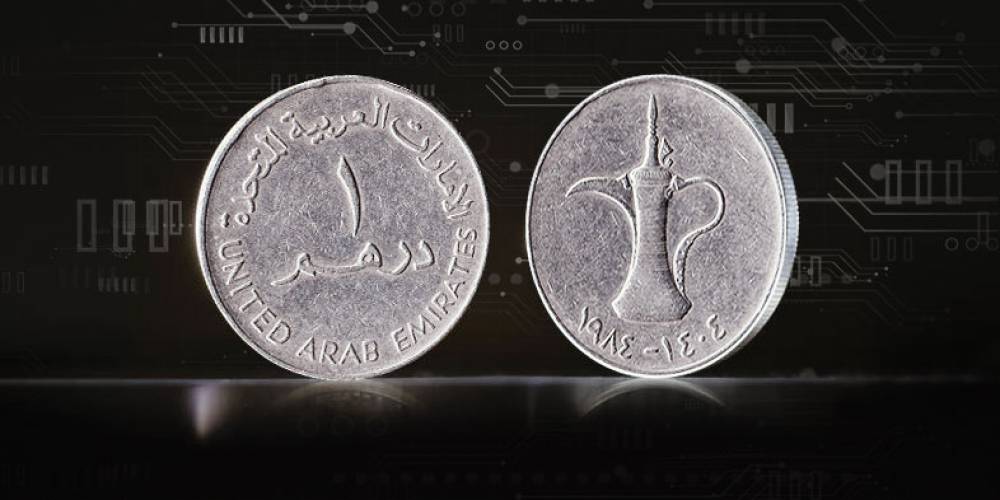User Journey and User Flow: Two Sides of the Same Coin

Written by Sharoon Emmanuel

User Journey and User Flow are frequently used terms in product development processes. While both these terms are used interchangeably and are focused to improve the overall user experience, they share similarities and differ from another in many ways.

User Journey & User Flow: By Definition
User Journey refers to the scenarios in which a user interacts with the product. Consisting of 4 to 12 steps, its function is to demonstrate the current and possible ways through which a user can interact with the product.
User Flow, on the other hand, refers to the process by which a user makes use of a series of compound routes in a product’s template to accomplish certain tasks. The user flow is normally created to predict and showcase the possible routes of interaction.
Related: - UI UX Services
User Journey & User Flow: The Similarities
1-The Design Axis
Both User Journey and User Flow take user requirements as a baseline of work and assume what the target users want to accomplish with the product i.e. software, service or website.
2-The Creation Goal
Offering a UX design direction, the creation goal aligns designers’ efforts to create products with higher usability based on requirements, obtained data and understanding of users.
3- The Necessary Data
Both User Journey & Flow are crafted on personas and necessity of finding the objective, motivation, pain points and goals of users.
4- The Main Functions
User Journey and User Flow can help evaluate the possible behaviors, how they are likely to perform actions, elements that influence usage and the state of social relations. Having key information at their disposal, designers can assume what users will do thus enabling them to create a better trajectory of the goal of users.
5-Creation Requirements
While creating User Journeys and User Flows, the designing crew needs to consider the following questions. What are the user’s goal? Essential information for progressing to the next stage? Possible doubts at each stage? What obstacles will they encounter?
Related:- UI UX Development
User Journey and User Flow: The Differences
1-Process & Design
User Journey is more inclined towards user experience design of the complete process, whereas, User Flow centers on the usage of the product.
2-Status & Route
User Journey addresses when the user wants to progress to realize his ultimate goal while User Flow designs the probable routes with which the specific goals can be achieved. User Flow needs to take the user’s status into consideration to enable a seamless transition onto the next stage.
3-Guide & Tool Functions
User Flow aims to lead users to their target using several possible routes within the product.
User Journey explores the possible ways through which users can interact with the product and then designs methods to direct users to their specific objective.
Related: - UI UX design agency
What is a User Journey Map?
A user journey map is a graphical representation of the user’s perspective of demonstrating the relationships and interactions with the product.

How to Carve out a User Journey Map?
Consider the following points to create a realistic and usable User Journey Map:
a. Identify Problem & Solution
Identify the core purpose of the product or service and what problems can it solve for users.
b. Gather Data
Collect data on customer usage and user experience while selecting the most crucial goals.
c. Continuation Point
While crafting a user journey map, it is important to consider “Continuation Point” as it addresses how a user advances from one stage to finish their act.
d. Usage Situations
After going through the above steps, it's time to work on the usage situations of various users to create cater more scenarios.
e. Empathy Map
The creative crew must put themselves in the user’s shoes to examine whether continuation points are directing users to their goals. Also, they need to see whether the designed scenarios are relevant or not.
f. Refinement
Discuss the points that don’t suit the product and rework the outline accordingly. Try to reduce possibilities for future mutations.
g. Sketch
Draw out a detailed User Journey Map to achieve a result closer to the actual product.
h. Final Version
The process of making User Journey Map invites real users to test the prototype product to collect ratings.
We’re sure that after reading this detailed User Journey Vs User Flow guide, you’ll be more educated on both these terms and will know when & where to use them in the product design process.
If you’d like to learn more about how a user-centric product focused on customer personas can help you increase brand engagement and ROI, refer to our UI UX design services today!
Originally Published March 29, 2019 09:00 AM, Updated April 12, 2019.




